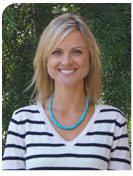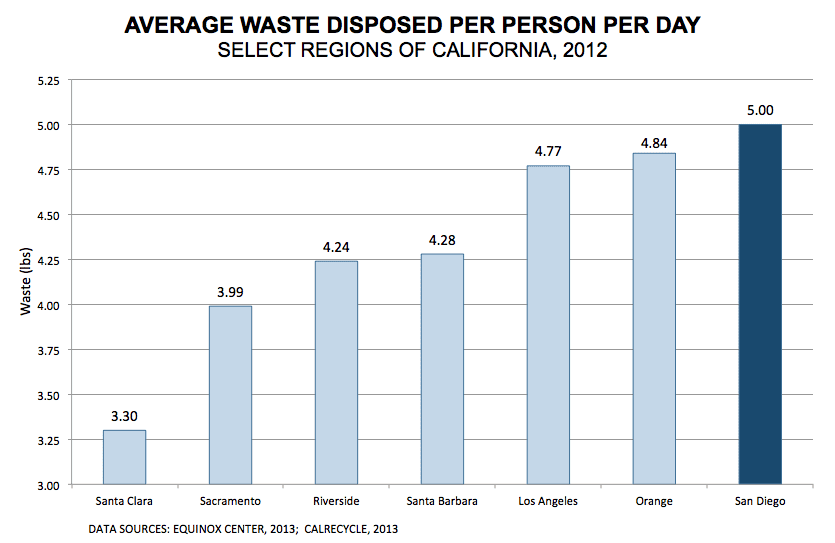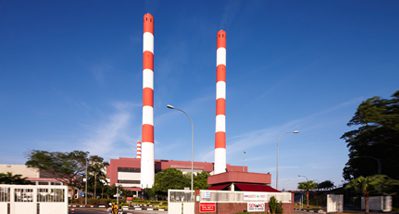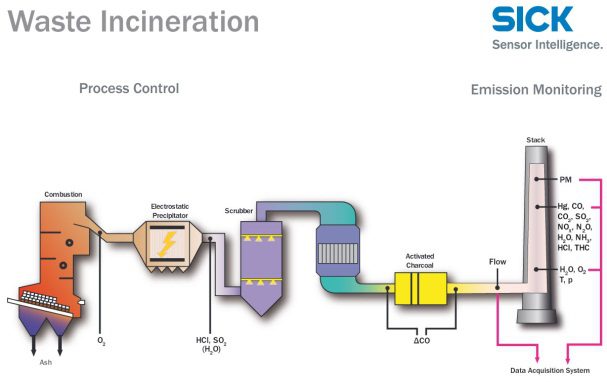Today’s blog post comes from ILACSD’s Program Assistant – Educator, Bethany Edgar, who breaks down the Reuse & Repair area of San Diego’s Earth Fair 2014. 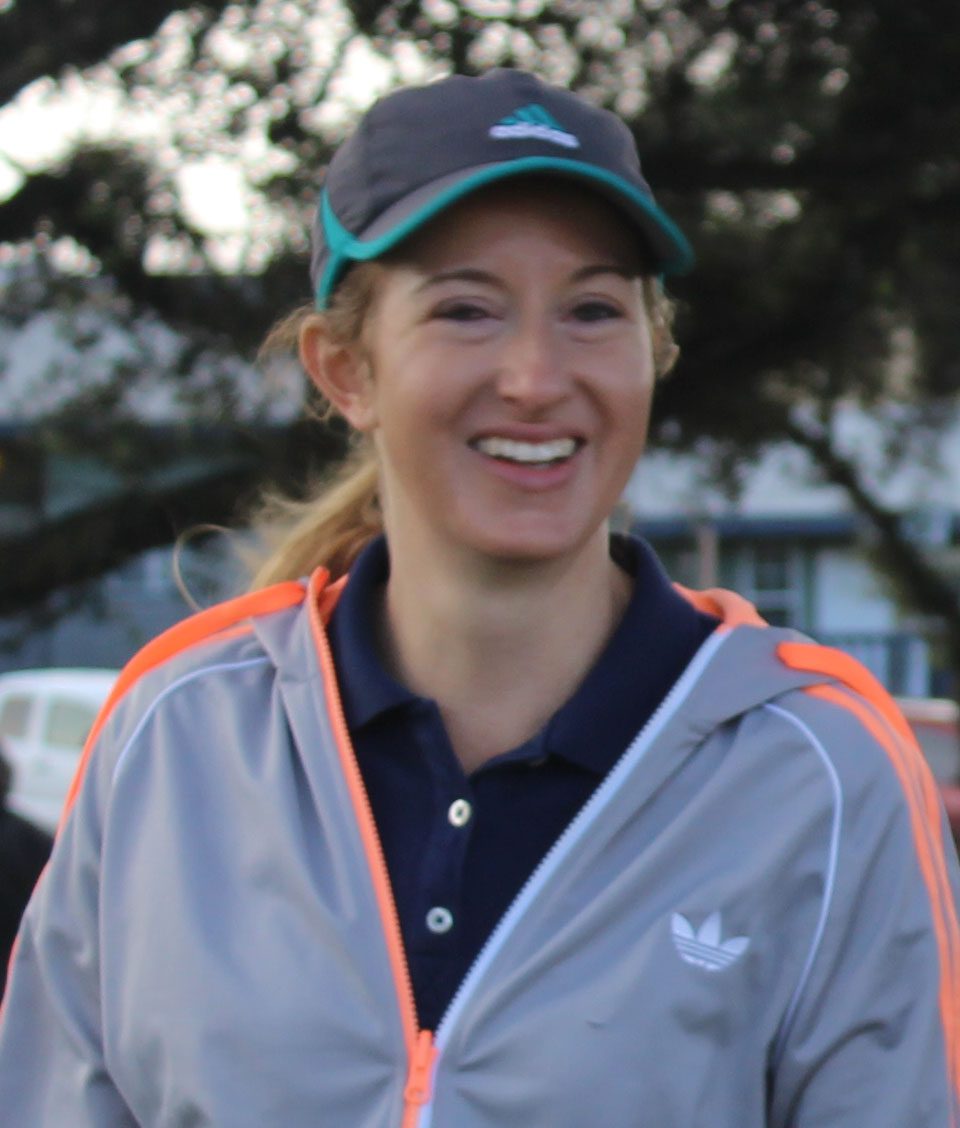
Thanks to the efforts of the SD Reuse and Repair Network and their partners, this year’s Earth Fair in Balboa Park featured an area dedicated exclusively to the important topic of “Reduce, Reuse, Repair, and Repurpose.” This area was the perfect opportunity for I Love A Clean San Diego to promote our new repair database, www.RepairSD.org. People were excited to hear about this helpful new resource, commenting how difficult it can be to find information online about repairing things. After trying out the database on a tablet at our booth, quite a few people said they were impressed with how user-friendly the database is and that they would definitely use it and help spread the word about this useful tool!
For those of you who may have missed out on this unique and inspiring section of the fair, here are some highlights:
This network of local businesses, municipalities, non-profits, and interested citizens created a stage area offering workshops for fairgoers on a variety of topics including bike repair, San Diego’s zero waste plans, and furniture transformation. In their booth they showcased a number of creatively repurposed furniture items that were rescued from a truck of leftovers from a Goodwill auction on its way to the landfill, including:


“Learn, fix, build, ride”
Bikes del Pueblo is a dedicated collective that seeks to empower local communities through bicycle education by offering open workshops to assist people in building, maintaining, and repairing their bikes. During the Earth Fair they taught several bicycle repair workshops and provided free bicycle repair manuals to fairgoers. You can find them every Saturday from 9 am to 1 pm at the City Heights Farmer’s Market where they set up a mini-shop to walk people through the process of fixing their own bikes.
“Cheap, gently used boxes near you”
Boxed Green works to reuse cardboard boxes by connecting San Diegans who need boxes with local retailers who have boxes to spare. On Boxed Green’s user-friendly website, San Diegans can choose a nearby retailer, purchase boxes online for just $1 per box, then pick up the gently used boxes at their convenience directly from the retailer. This unique service saves trees and saves customers time and money when looking for moving boxes. Plus, a portion of all sales is donated to eco-focused non-profits!
Knife Savers
“Lost your edge? We can get it back for you!”
Jim Green, owner and proprietor of Knife Savers, scours thrift stores and swap meets for high quality old knives that need repair and then sells the refurbished knives at reasonable prices, thereby keeping precious resources out of our landfills and providing a valuable service to the community. Contact Jim at jimg@knifesavers.com or (619) 846-6526
“materials for art & learning”
Judith Toepel has created this innovative non-profit as a community building resource for clean, usable materials that may have been considered waste. reInterpret collaborates with schools, teachers, artists, and businesses on the topic of sustainability, industry, arts and education. They offer teacher workshops to inspire the use of recycled materials to aid in learning math, science, language, and creative arts as a means of meeting the Common Core Standards.

